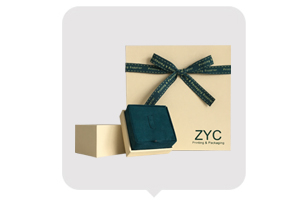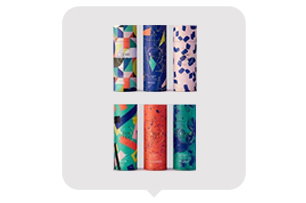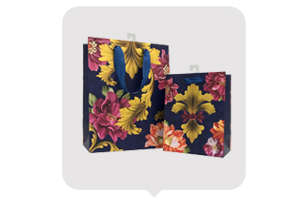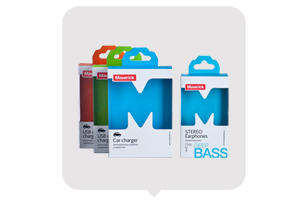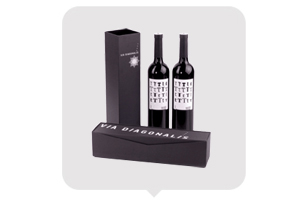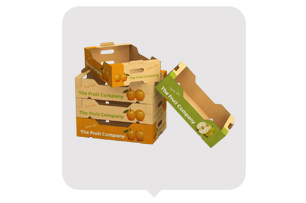Packaging plays a crucial role in the pharmaceutical industry, ensuring product safety, information dissemination, and brand recognition. The design
of pharmaceutical packaging boxes should not only comply with regulatory requirements but also reflect the latest design concepts and trends.
This article explores the design features, current trends, and concludes with a personal perspective on the subject.
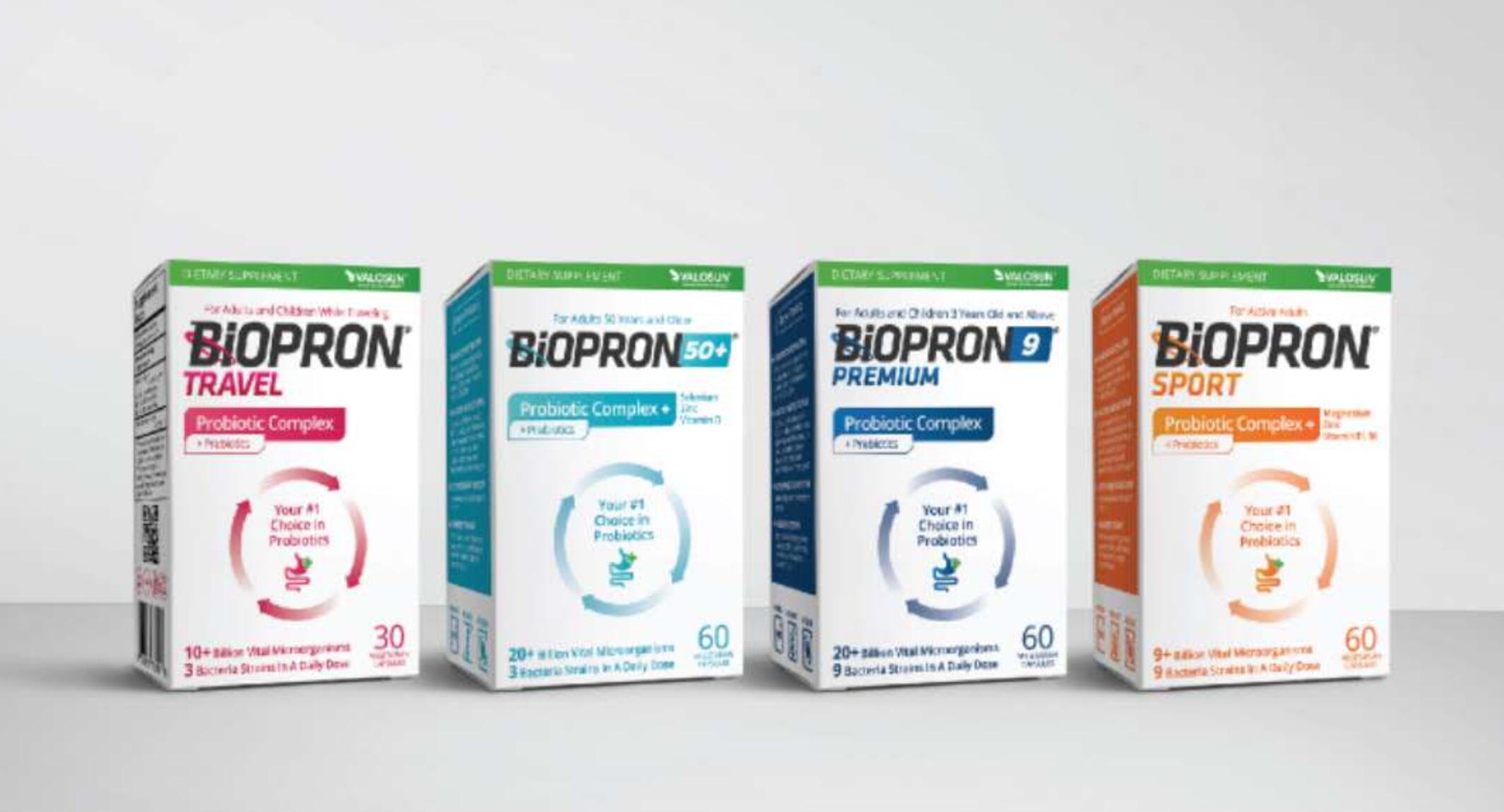
Design Features of Pharmaceutical Packaging Boxes:
1. Informative and Regulatory Compliance:
Pharmaceutical packaging boxes should effectively communicate essential information about the product while complying with regulations. This includes
the product name, dosage, active ingredients, usage instructions, warnings, and manufacturing details. The typography used in the packaging design
should be clear and legible, following standardized guidelines.
2. Safety and Security:
Pharmaceutical products require packaging that ensures product integrity and prevents any tampering or contamination. Design features such as tamper-evident
seals, blister packs, or child-resistant closures are vital to ensure consumer safety. The packaging should also provide proper protection against light, moisture, and
other environmental factors to maintain product efficacy.
3. Brand Identity:
Creating a strong brand identity is important for pharmaceutical products. Packaging design should align with the brand's image, values, and target market. Color
schemes, typography, and imagery should be consistent with the brand's overall visual identity. Using distinctive and recognizable design elements helps to build
brand recognition and loyalty among consumers.
Design Trends in Pharmaceutical Packaging Boxes:
1. Minimalistic and Clean Designs:
Minimalistic designs with clean lines and simple typography are gaining popularity in pharmaceutical packaging. This design approach emphasizes clarity and readability
while eliminating unnecessary clutter. Minimalistic packaging conveys a sense of professionalism, trustworthiness, and a focus on the product itself.
2. Sustainable and Eco-friendly Materials:
As sustainability becomes a global concern, pharmaceutical companies are embracing eco-friendly packaging solutions. Utilizing recyclable, biodegradable, and renewable
materials not only showcases social responsibility but also appeals to environmentally conscious consumers. The use of minimal packaging and incorporating recyclable
symbols further enhances the eco-friendly image.
3. User-friendly and Interactive Features:
Innovative packaging designs that offer user-friendly features are becoming increasingly prevalent. Zipper closures, flip-top lids, and convenient dispensing mechanisms
improve ease of use, reducing the risk of errors during medication administration. Incorporating interactive elements like QR codes or augmented reality can provide
additional information and enhance the overall user experience.

Conclusion:
The design of pharmaceutical packaging boxes must balance regulatory compliance, safety, and brand identity while embracing the latest trends in the industry. Informative,
visually appealing, and user-friendly packaging significantly influence consumer perception and product success. By incorporating minimalistic designs, using sustainable
materials, and implementing user-friendly features, pharmaceutical companies can create packaging that not only meets industry standards but also resonates with customers.
Designers in the pharmaceutical industry play a crucial role in shaping the future of packaging, ensuring both functionality and aesthetic appeal.
In summary, designing pharmaceutical packaging boxes requires a well-rounded approach that considers various factors and trends. By embracing the principles of informative
design, safety, brand identity, minimalism, sustainability, and user-friendliness, packaging can effectively convey the essence of pharmaceutical products while enhancing
consumer trust and satisfaction.
